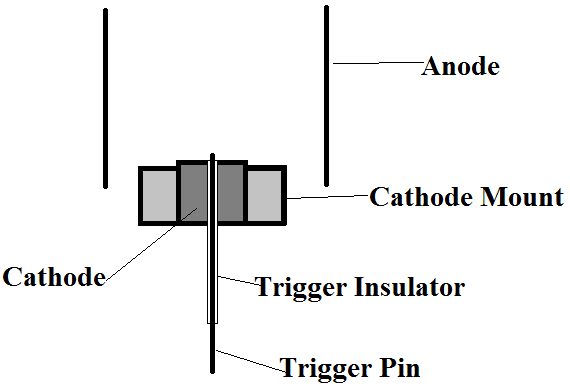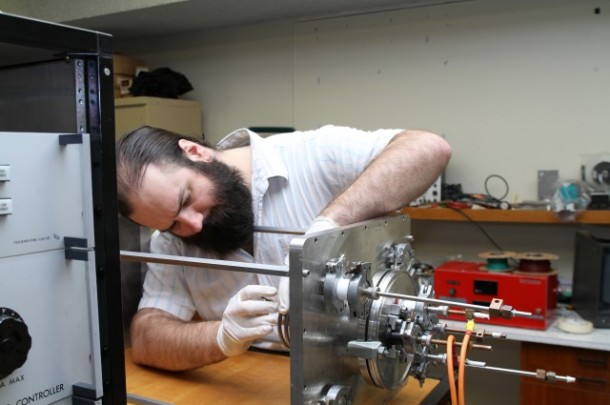A recent innovation for an ion engine has been registered with the engine being able to smash out the fuel efficiency records. The inventor Patrick Neumann has said that the drive could go to ‘Mars and back on a tank of fuel’. However, the first application most likely will be to shunt the network of small satellites that are in Earth’s orbit.
Patrick further told that the idea for the ion engine stemmed when he was a third-year student assisting a postdoc as part of a program aimed at connecting real research with undergraduate students. He measured the speed of titanium ions that were being released by a pulsed electric arc that works similar to an arc welder. He said, “The titanium was coming out at 20 kilometers per second [12.4 miles per second] and I thought ‘you could use that for thrust.’” In subsequent work, he proved his hunch right and was able to test suitability of 11 materials.
The results were very impressive. A measure of thruster efficiency is specific impulse that is more commonly referred to as bounce per ounce and is measured in seconds. The current record is held by NASA’s High Power Electric Propulsion (HiPep) with 9,600 seconds, however, fueled by magnesium, Patrick’s drive was able to manage an estimated 14,600 seconds. He further added, “Other metals have lower efficiency, but higher thrust. So you would need more fuel to get to Mars, but could get there faster.”
He said, “Using very rough, very early calculations we think 20 kilograms [44 pounds] of magnesium could get a 100 kilogram [220 pound] ship to Mars and back. It would take three to five years and there will be some weight for the craft, solar panels and communications, but we think there would be 20 kilograms left over for the payload. With a higher thrust fuel in a Neumann Drive, you could do it in nine to 11 months, but the fuel tank would be empty when you got there.”
According to Neumann, experiments with pulsed electric arcs on metals date back to the 1920s and some of the data collected proved worthwhile in his selection of materials for the test. He further claims that no one before him has attempted making use of high current pulsed arcs for thrust purposes.


